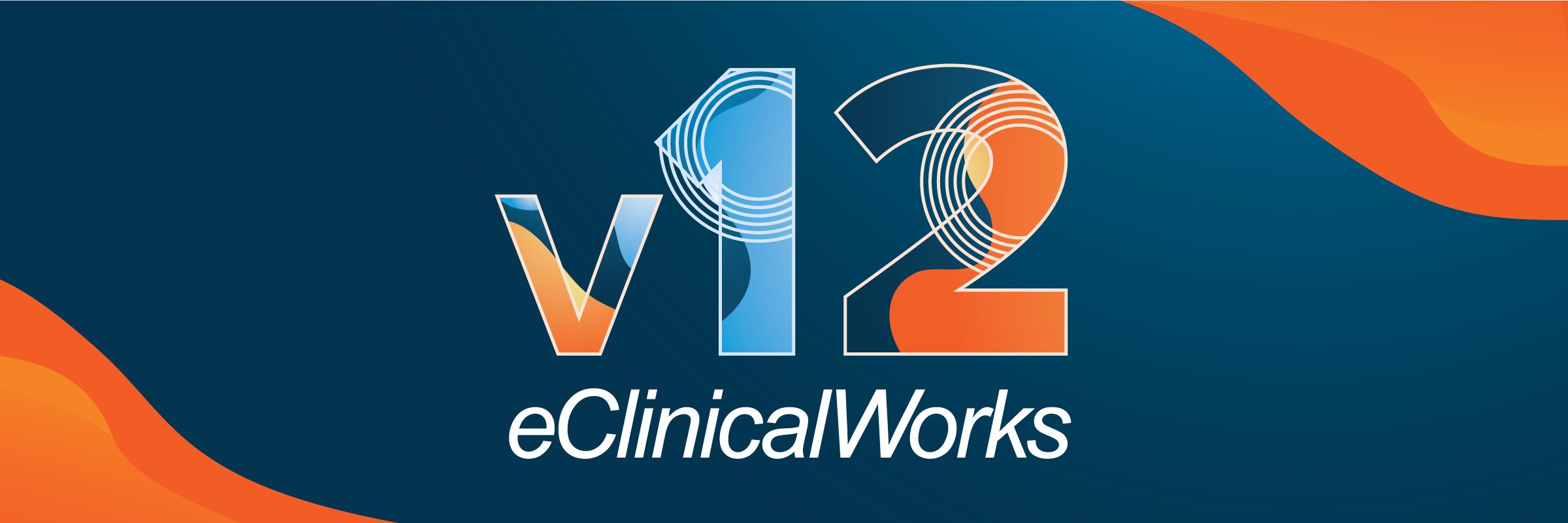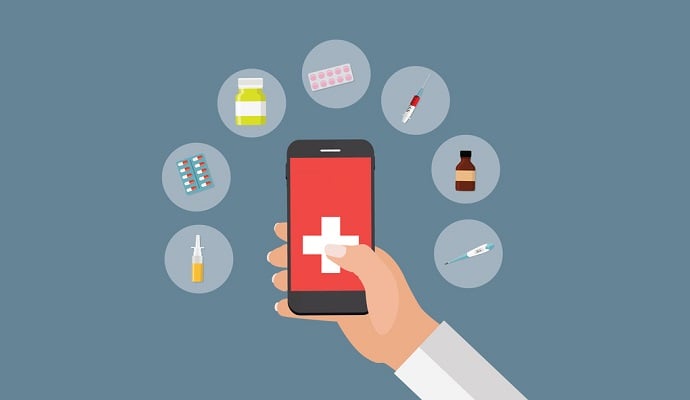It's the task every medical facility dreads: managing patient collections. After all, most providers want to focus solely on offering the most high-quality service possible, and collections are a distraction from the primary goal.
One study conducted by InstaMed, a J.P. Morgan company, found that "78% of providers cannot collect a $1,000+ patient balance in 30 days." Clearly, these providers represent the majority nationwide, with two-thirds voicing concern over revenue issues caused by delays in patient collectibles.
As tedious as they may be, collections are necessary for the continuation of your practice. The trick is aligning patient collection methods with consumer preferences, as ongoing trends in managing patient collections show.
1. Telehealth Portals & Electronic Communication
Nowadays, most consumers prefer electronic communications when it comes to medical bills, whether the communication is received by email, text message, or in-app notification. Even more, patients want the ability to pay bills online through Telehealth portals or other virtual methods.
The outbreak of the Covid-19 pandemic has also led to a rapid explosion in the Telehealth industry. Looking toward the future of Telehealth, providers can anticipate more virtual appointments, greater use of artificial intelligence, and expanded insurance coverage to pay for these services. Only one U.S. state doesn't require insurance providers to offer some kind of Telehealth coverage.
Telehealth doesn't only facilitate appointments, however. Telehealth portals offer a secure place to review and store patient medical and billing records, replacing the slower, less efficient paper methods doctors have used for decades.
2. Streamlining the Billing Process
Online patient portals are also one of the most requested bill-paying platforms for patients, along with mobile apps, contactless mobile wallets (like Apple Pay), pay by text, and pay by QR code. Patients, especially younger patients, are accustomed to one-click online payments and expect the same ease when it comes to medical collections.
Even for in-office payments, customers now overwhelmingly prefer contactless solutions for increased cleanliness and a faster, more convenient experience. Contactless payments aren't going anywhere; in April 2020, a MasterCard survey indicates 74% of consumers plan to continue using contactless payment methods, even post-pandemic.
Making use of good self-pay collection practices can also help practices shorten billing collection cycles and increase overall patient collections, reducing the burden on providers.
3. A More Empathetic, Patient-Centered Approach
The pandemic has given rise to a more empathetic collections approach, particularly in the spring and summer of 2020, when many people suffered acute financial losses, but still needed access to medical care.
To reduce the financial stress on patients, many providers temporarily paused collections, suspended pre-service payment policies, or offered access to payment plans. Although these adjustments can't be made under all circumstances, the fact remains that patients want more flexible options when it comes to managing expenses.
Unfortunately, healthcare affordability is still a problem plaguing the nation. Recurring bill payments are a must-have for struggling patients, as are prompt-pay discounts. Involving the patient more is also a way to curtail patient collection issues. Interactive voice response systems, texts, and emails are all ways of providing patients with up-to-date information on balances and due dates.
4. Keeping Updated Records on File
It's always important to keep up-to-date information and insurance records on file, which is why it's recommended to ask patients for any updates each time they visit your office.
Insurance records are one of the most important things to update, to keep track of who owes what and how much is due each visit. You can verify insurance information a couple of days before appointments and require new forms to be filled out on an annual basis. It's even better if you can make this process digital.
Other ways to improve your practice's front desk collections include keeping collections procedures well-documented, collecting payments upfront, and implementing a credit card on file program.
5. Turn to the Experts
For offices still struggling to efficiently measure and manage patient collections, it may be a good idea to hire a professional medical billing or coding expert. Within the next decade, the U.S. Bureau of Labor Statistics estimates the medical billing and coding profession will see a growth of around 8%.
Medical billing and coding go hand in hand, and specialists must know how to translate services into alphanumeric codes while arranging payment amongst providers, patients, and insurance companies. It's an important job to assign codes and properly charge patients, and it also requires a comprehensive understanding of software tools and the modern healthcare system.
Without professional medical billers and coders, the national healthcare system would likely be thrown into disarray. Someone with a medical billing and coding certificate can help get your practice back on track when it comes to patient collections.
Improve Your Patient Collections Procedures Today
No matter what kind of practice you run, collections are a necessary part of the American healthcare system. Improved record-keeping and payments practices can enhance the efficiency of your operation, while current trends in collections can ensure the patient experience is a pleasant one. By making use of digital healthcare tools, putting the patient first, and developing solid organizational methods, you can say goodbye to collections-related headaches once and for all.
---
Amanda Winstead
Amanda Winstead is a writer from the Portland area with a background in communications and a passion for telling stories. Along with writing she enjoys traveling, reading, working out, and going to concerts. If you want to follow her writing journey, or even just say hi you can find her on Twitter.
INTEGRATED SOLUTIONS
Conquer the New Age of RCM
Learn how Revele's EMR and RCM solutions are helping
physician groups and health systems reduce costs and increase revenue.
If your EHR system harmonizes well with your work processes, it can make things easier on your staff and ultimately on patients as well. Choosing an EHR software can be difficult for medical practices. When making the decision, a practice should consider if the EHR will help with collecting patient information before the patient enters the waiting room. An EHR is more than a software to hold patient data. A top EHR solution will help your practice achieve more accurate medical billing, improve patient engagement and communication, and share patient information with other providers.
Optimizing care requires up-to-date, accurate patient information, and efficient medical billing also depends on complete and accurate data. When your EHR system is a unified platform, claims can be submitted more quickly, be less likely to be rejected because of mistakes, and patient billing can be done expediently.







